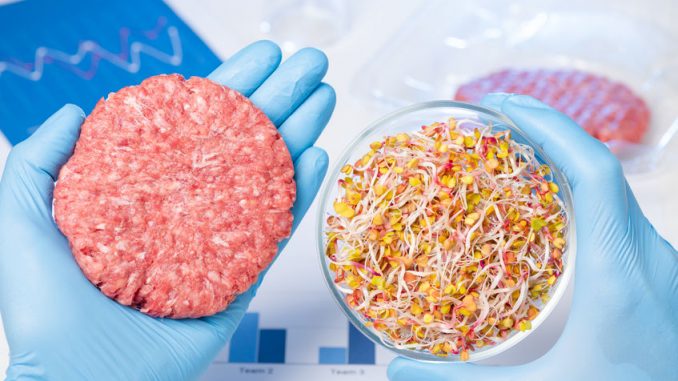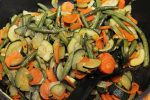
Some businesses like impossible Foods have had such an impact on global food thinking that they may well earn the mantle to be ‘influencer’ of the year. This business made its debut on the world stage by launching the Impossible Burger in all 27 outlets of Gelson’s Markets in Southern California. Whilst that rather local launch seems parochial, it was the first time that we, Joe Public could buy an Impossible Burger and actually take it home to eat.
In 2016, Patrick O. Brown, CEO and founder of Impossible Foods started to build real business presence. We saw the launch of the original Impossible Burger. At the beginning of 2019, we saw ‘Impossible Burger 2.0’.
Throughout the late 2010s and into the 2020s, we will be witnessing the continuous rise of the business as it continuously influences our thinking about eating meat altogether. Let’s face it the CEO is leaning against an open door. Continued climate change events however politically correct they need to be stated, continue to underlie newsworthy events. It could be floods one day, wild fires the next, glaciers melting, loss of habitat etc. One of those messages is that meat eating is producing a warming of the planet (directly and indirectly).
One way that Impossible Foods believes it can dramatically direct our thinking is by letting the home chef cook with their products. To do so means allowing us at home to buy meatless burgers. As Patrick O. Brown says:
“Three years ago, we introduced plant-based meat to top chefs in America’s most important restaurants.”
“We can’t wait for home cooks to experience the magic—whether using Impossible Burger in their family favorites or inventing new recipes that go viral.”
To meet those needs means expanding meatless burger production. It currently makes products in their plant at Oaklands in California, USA. Impossible Foods started a co-manufacturing activity with OSI, which is a private business in Aurora, Illinois, USA. This has comparably bigger manufacturing capacity because it has 65 facilities in 17 countries. Not surprising when you see what has happened to the Impossible Burger for example.
The Impossible Burger can be found on menus in two continents. It looks like over 10, 000 restaurants now offer it. On August 8th, something like 7,000 Burger King diners and restaurants started providing its customers with the chance to try the Impossible Whopper.
Not everybody is pleased however. The meat industry at large is disputing the labeling of plant-based foods as meat. Indeed, in the European Union, labeling laws are strict. It is more than likely that plant-based burgers will not be labelled as meat. Those who are pleased are vegans who see a considerable expansion in the scope of their diet.
To make a plant-based meat seem like real meat in texture and flavour requires something a bit special in the technology and product development. Specific proteins are extracted not just from vegetables, but from grains, seeds and legumes. These need to be mixed with amino acids, fats and vitamins to produce a ‘raw meat’ substitute. Clearly reverse engineering as a business tool has been exercised here. If you use plant proteins than you can benefit from the absence of cholesterol and other components which do not have a positive health benefit or message. So no antibiotics, no hormones, no abbatoir (slaughterhouse) compounds. It is very clever. The plant-based burger looks like a raw meat burger with the initial visible appearance including blood that comes from plant-based heme molecules. If you cook one it sizzles. The smell is like meat too as is the final texture and of course the taste.


I have adopted a vegan diet because of my concerns about the impact meat eating is having on the planet. Recently I have started to worry about some of the ingredients used to make vegan foods such as soya. Growing soya in vases amounts also impacts rainforest.
If my primary concern is the planet, what vegan foods should I avoid?